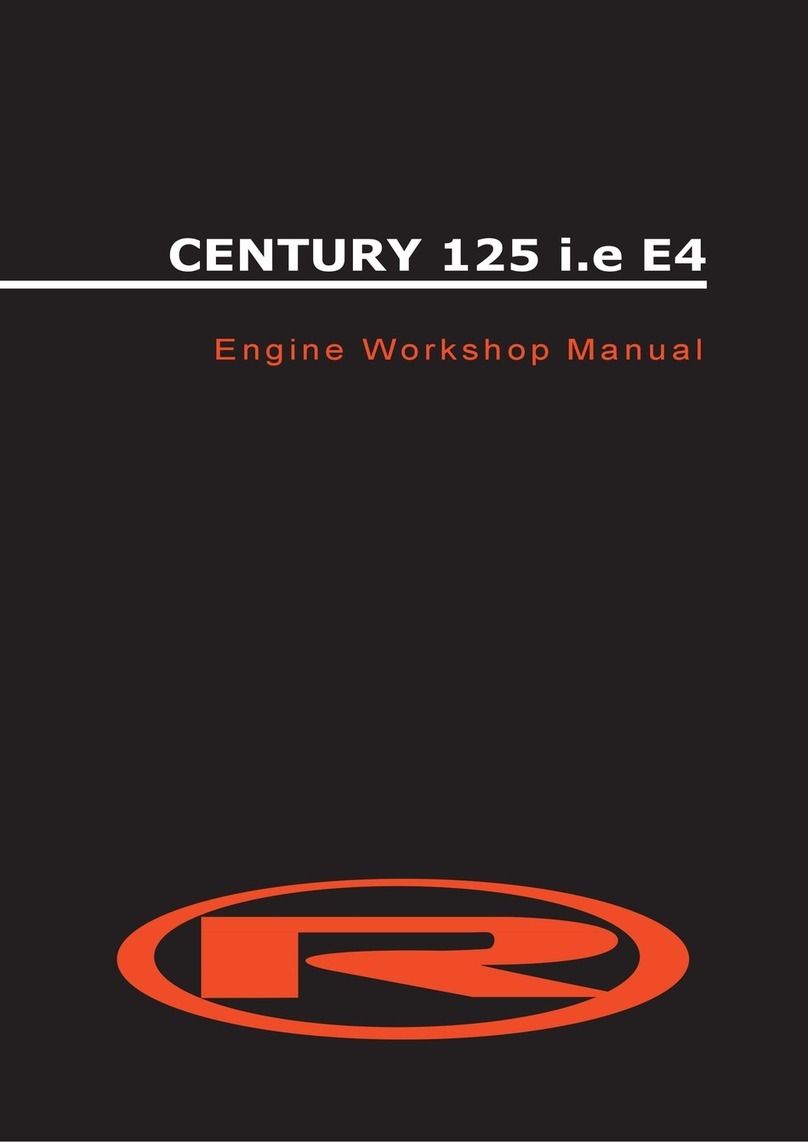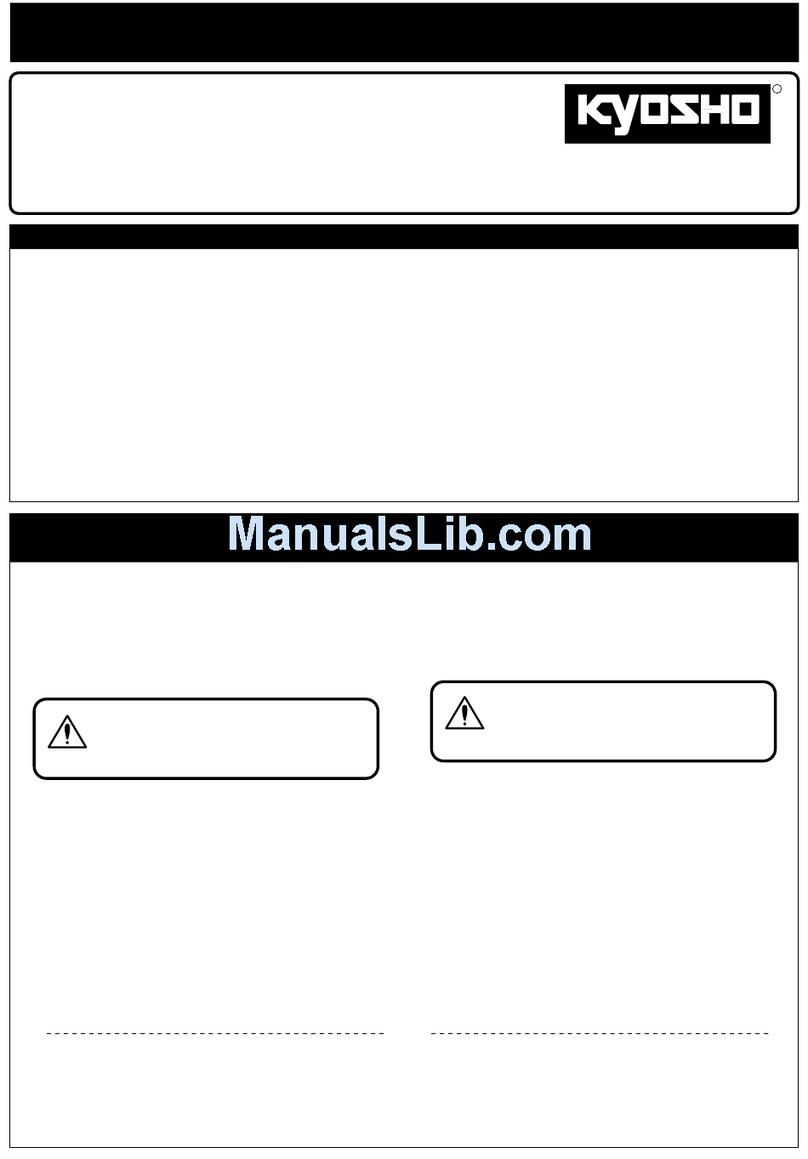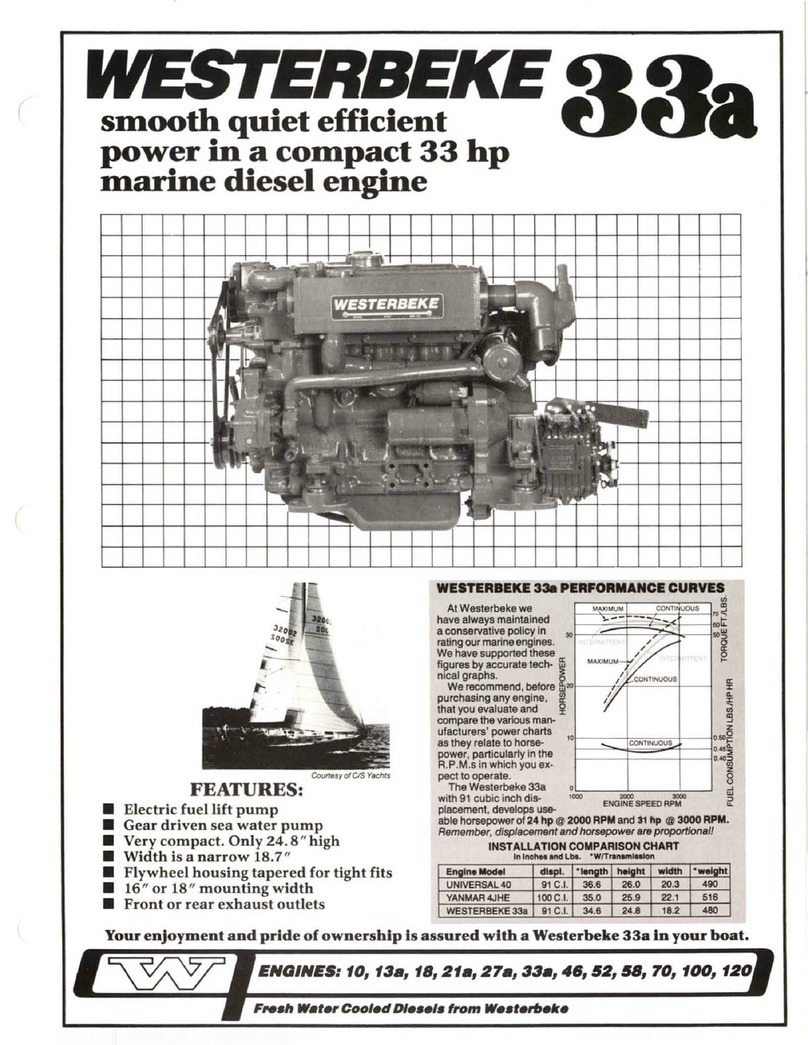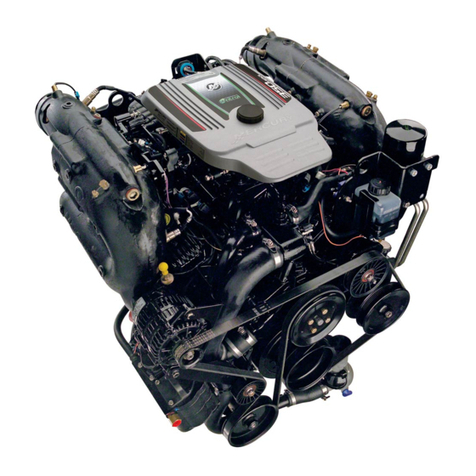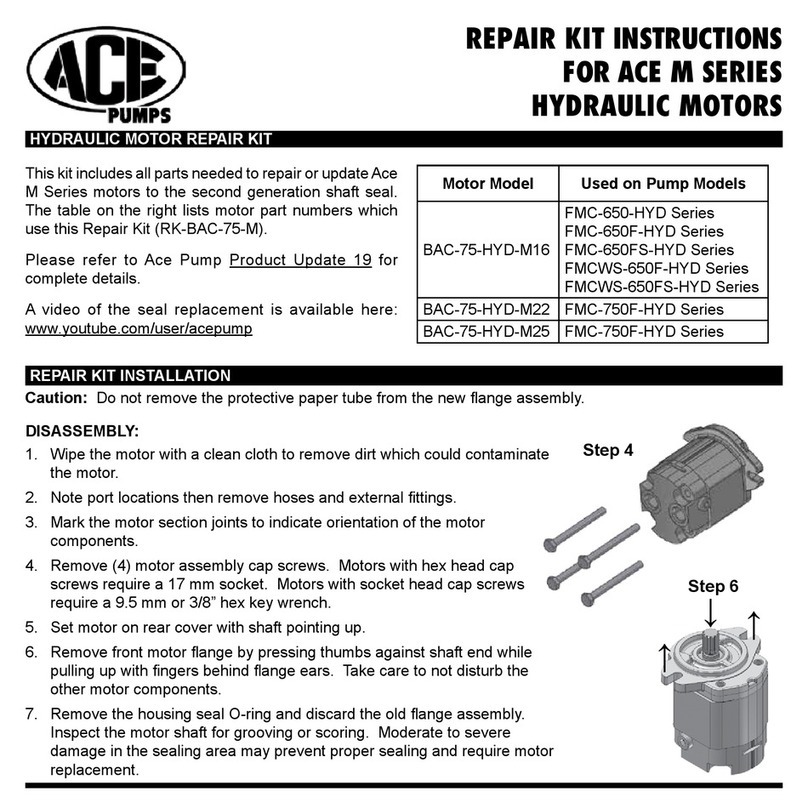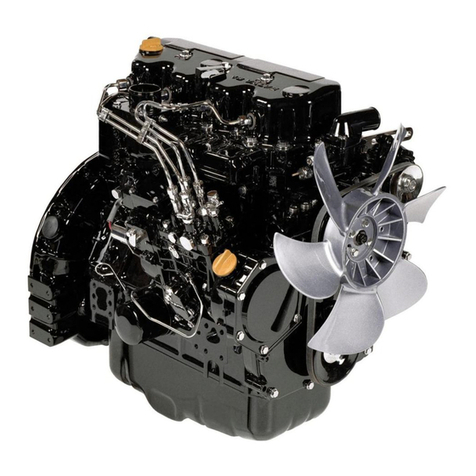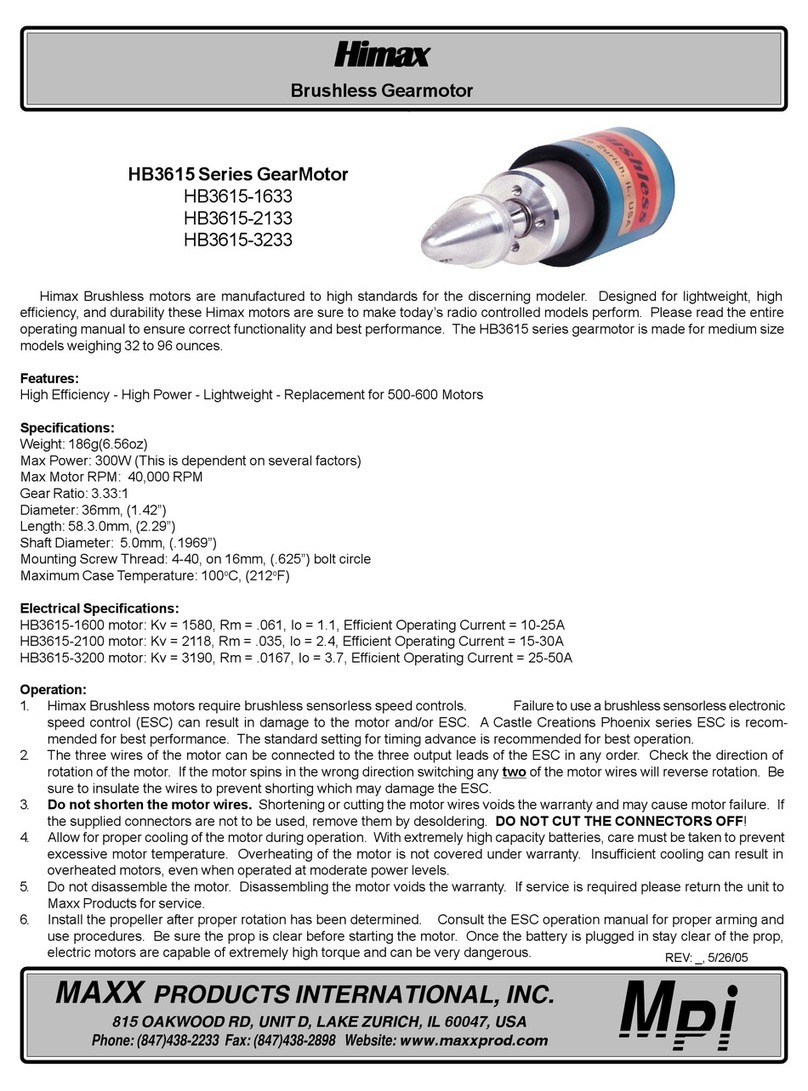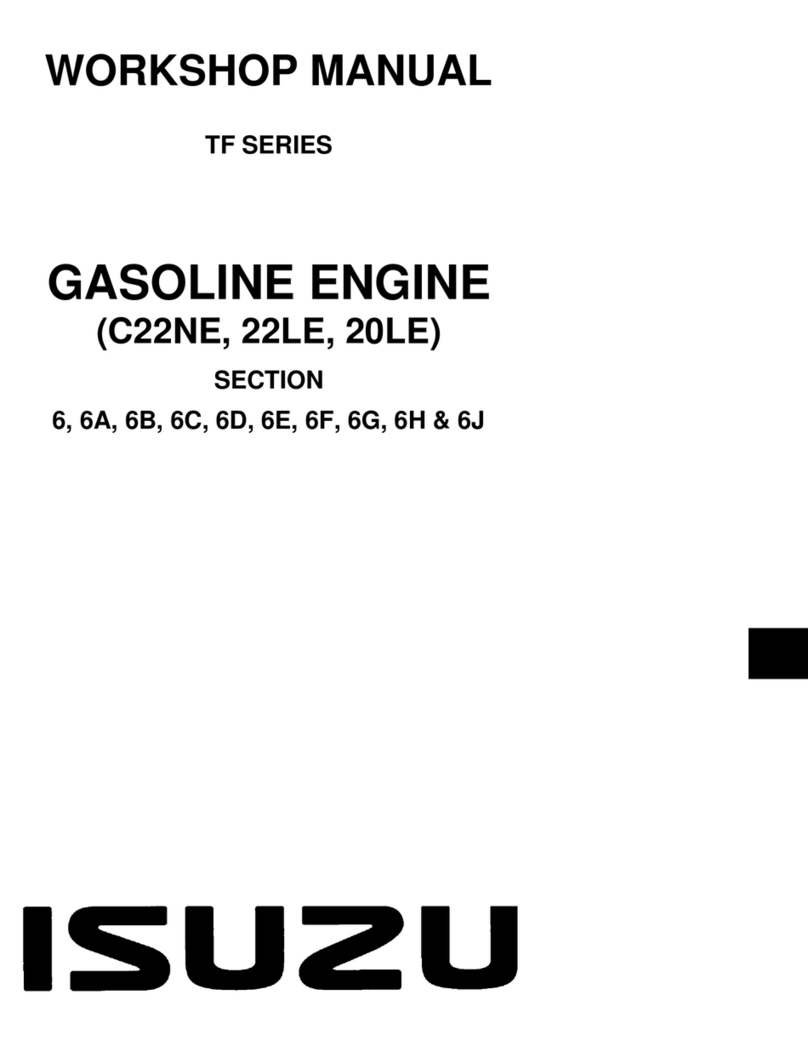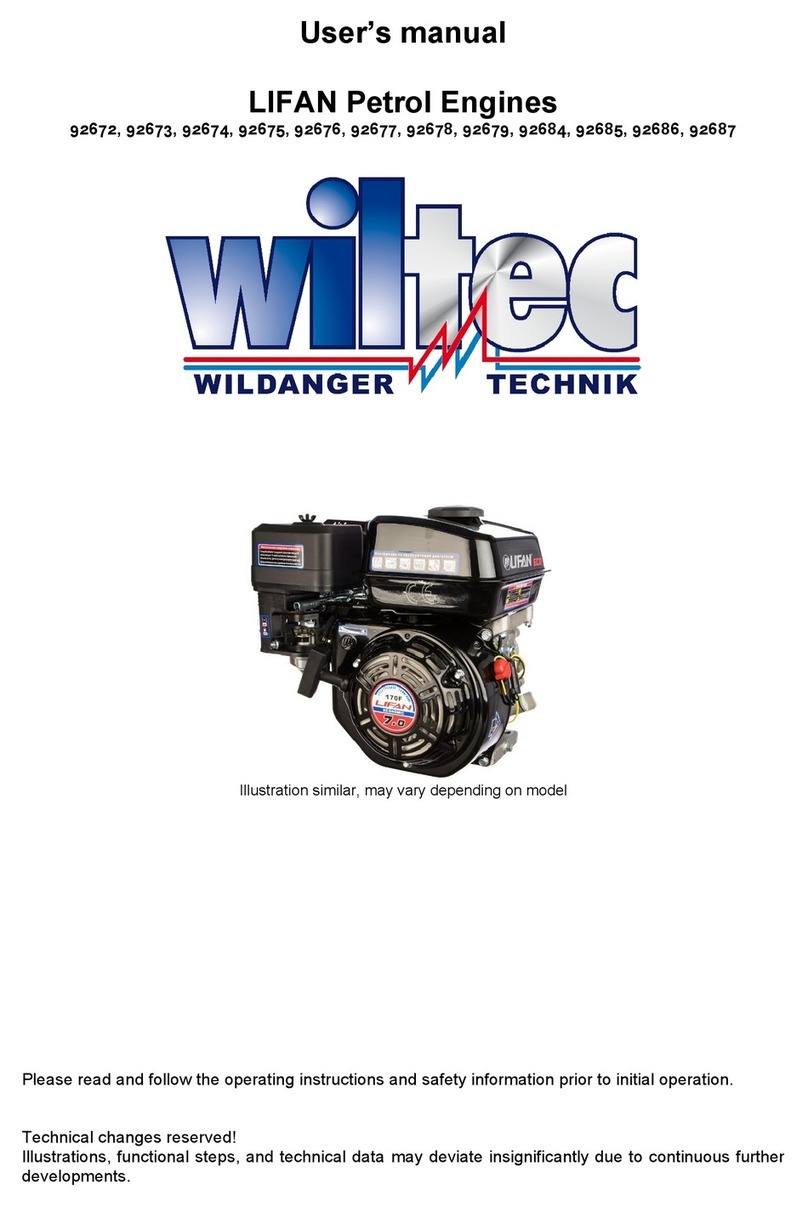LCI Above Floor Slide-out User manual

Above Floor Slide‑out
(vertical motor)
OWNER'S MANUAL

Rev: 11.27.19 Page 2 CCD-0002711
TABLE OF CONTENTS
Introduction 2
Safety 2
Prior to Operation 3
Operation 4
Extending Slide-Out 4
Retracting Slide-Out 4
Maintenance 5
Preventative 5
Electric 5
Mechanical Maintenance 5
Troubleshooting 6
Switch Related Problems 7
Motor Unit 7
Electrical 8
Syncing the Slide-Out 8
Manual Override 10
Wiring Diagram 12
Notes 13
Introduction
The LCI Above Floor Slide-out (Vertical Motor) system is a rack and pinion style slide system. Utilizing a
bi-directional electric motor to actuate the drive shaft, the slide-out room is extended and retracted from
the same source. The actuator has a built-in automatic braking feature.
There are no serviceable parts within the electric motor. If the motor fails, it must be replaced.
Disassembly of the motor voids the warranty.
Mechanical portions of the slide-out system are replaceable. Contact Lippert Components, Inc. to obtain
replacement parts.
Additional information about this product can be obtained from lci1.com/support or by downloading
the free myLCI app. The app is available on iTunes® for iPhone® and iPad® and also on Google Play™ for
Android™ users.
iTunes®, iPhone®, and iPad® are registered trademarks of Apple Inc.
Google Play™ and Android™ are trademarks of Google Inc.
For information on the assembly or individual components of this product, please visit:
https://support.lci1.com/slide-outs-support-above-floor-slide-outs
NOTE: Images used in this document are for reference only when assembling, installing and/or operating
this product. Actual appearance of provided and/or purchased parts and assemblies may differ.
Safety
The LCI Above Floor Slide-out (Vertical Motor) system is intended for the sole purpose of extending and
retracting the slide-out room. Its function should not be used for any other purpose or reason than to
actuate the slide-out room. To use the system for any reason other than what it is designed for may result in
damage to the unit and/or cause serious injury or even death.
Read and understand all instructions before installing or operating this product. Adhere to all safety labels.

Rev: 11.27.19 Page 3 CCD-0002711
The "WARNING" symbol above is a sign that a procedure has a safety risk involved and may cause
death or serious personal injury if not performed safely and within the parameters set forth in
thismanual.
Failure to follow instructions provided in this manual may result in death, serious personal injury
and/or severe product and property damage, including voiding of the component warranty.
Unit MUST be supported per manufacturer's recommendations before working underneath. Failure
to do so may result in death or serious personal injury.
Always wear eye protection when performing service, maintenance or installation procedures.
Other safety equipment to consider would be hearing protection, gloves and possibly a full face
shield, depending on the nature of the task.
Moving parts can pinch, crush or cut. Keep clear and use caution.
The “CAUTION” symbol above is a sign that a safety risk is involved and may cause personal injury
and/or product or property damage if not safely adhered to and within the parameters set forth
in this manual.
This manual provides general instructions. Many variables can change the circumstances of the instructions,
i.e., the degree of difficulty, operation and ability of the individual performing the instructions. This
manual cannot begin to plot out instructions for every possibility, but provides the general instructions,
as necessary, for effectively interfacing with the device, product or system. Failure to correctly follow the
provided instructions may result in death, serious personal injury, severe product and/or property damage,
including voiding of the LCI limited warranty.
Prior to Operation
Before operating the LCI Above Floor Slide-out (Vertical Motor) system, do as follows:
1. Parking location should be clear of obstructions that may cause damage when the slide-out room
isactuated.
2. To optimize slide-out actuation, the unit should be parked on the most solid, level surface available.
A. Locations should also be free of depressions.
B. When parking the unit on extremely soft surfaces, utilize load distribution pads under each jack.
3. For motorized units:
A. The battery MUST be fully charged.
B. The PARKING BRAKE MUST be engaged.
C. The coach’s transmission MUST be in PARK.
D. The coach’s ignition MUST be in the OFF positionthe engine NOT running. (Class A and C only;
Gas and Diesel)
4. Make sure all persons, pets and property are clear of the unit prior to slide-out room actuation.
5. Keep hands and other body parts away from slide-out mechanisms during actuation or severe personal
injury or death may occur.

Rev: 11.27.19 Page 4 CCD-0002711
Operation
The family of LCI Above Floor Slide-out systems are controlled by a switch (Fig. 1) mounted on the unit's
wall, normally located close to the entry door.
1. Make sure the slide-out path is clear of persons, pets and property before and during operation of the
slide-out room.
2. Always keep away from the slide rails when the room is being operated. The gear assembly may pinch
or catch on loose clothing causing personal injury.
3. Keep stored items in compartment clear of slide-out motor mechanisms and wiring to prevent
interference of slide-out operation.
Extending Slide-Out
1. Level the unit.
2. Verify the battery is fully charged and hooked up to the electrical system.
3. If equipped, remove transit bars.
4. Press and hold the IN/OUT switch in the OUT position (Fig. 1A) until the slide-out is fully extended and
stopsmoving.
5. Release the switch, which will lock the slide-out into position.
NOTE: Only hold the switch's OUT position until the slide-out stops.
Retracting Slide-Out
1. Verify the battery is fully charged and hooked up to the electrical system.
2. Press and hold the IN/OUT switch in the IN position (Fig. 1B) until the slide-out is fully retracted and
stopsmoving.
3. Release the switch, which will lock the slide-out into position.
NOTE: Only hold the switch's IN position until the slide-out stops.
4. If equipped, install the transit bars.
NOTE: Transit bars should only be used during storage and transportation.
Fig. 1
A
A
B
B

Rev: 11.27.19 Page 5 CCD-0002711
Maintenance
Preventative
The LCI Above Floor Slide-out (Vertical Motor) system has been designed to require very little maintenance
The system has been static tested to over 2,500 continuous cycles without any noticeable wear to rotating
or sliding parts. No grease or lubrication is necessary and, in some situations, may be detrimental to the
environment and long term dependability of the system. To ensure the long life of the slide-out system,
read and follow these few simple procedures.
Electric
For optimum performance, the slide-out system requires full battery current and voltage. The battery
must be maintained at full capacity. Other than good battery maintenance, check the terminals and other
connections at the battery, the control switch, and the electric motor for corrosion and loose or damaged
terminals. Check motor leads under the motor-home chassis. Since these connections are subject to damage
from road debris, be sure they are in good condition.
NOTE: The LCI Above Floor Slide-out (Vertical Motor) system is designed to operate as a negative ground
system. A 12V DC system must maintain good wire connections. It is important that the electrical
components have good ground connection. Over 90% of unit electrical problems are due to bad
ground connections.
Mechanical Maintenance
Although the LCI Above Floor Slide-out (Vertical Motor) system is designed to be almost maintenance free,
inspect the slide-out for any visible signs of external damage before and after movement of the slide-out.
Remember to inspect inside the unit as well as the slide-out outside the unit.
For long-term storage, it is recommended that the slide-out be closed (retracted).
Visually inspect the slide floor and drive box assemblies. Refer to figure 2 for locations of rail assemblies.
Check for excess build-up of dirt or other foreign material; remove any debris that may be present.
If the system squeaks or makes any noises it is permissible to apply a coat of lightweight oil to the drive shaft
and roller areas, but remove any excess oil so dirt and debris do not build-up. Do NOT use grease.
Fig. 2
Drive Shaft
Follow Slide
Rail Assembly
Drive Slide
Rail Assembly
Outer X-Shaft

Rev: 11.27.19 Page 6 CCD-0002711
Troubleshooting Chart
What is Happening Why? What Should Be Done?
Slide-out doesn't move
when switch is pressed.
Restriction or obstruction
inside or outside of unit. Check for and clear obstruction.
Low battery voltage, blown
fuse, defective wiring.
Check battery voltage and charge if needed.
Find and check fuse, replace if blown. Check
battery terminals and wiring. Look for loose,
disconnected or corroded connectors.
Excessive slide-out drag. Check that transit bars are removed.
Power unit runs, but
slide-out does not move.
Motor turns, slide-out does
not move.
Gear key is broken or lost. Replace gear
driveassembly.
Broken gear on drive shaft. Replace gear drive assembly.
Broken gear in gearbox. Replace motor/gearbox assembly.
Bad motor or gearbox. Replace motor/gearbox assembly.
Slide-out starts to move,
then stops.
Low battery voltage, blown
fuse, defective wiring.
Check battery voltage and charge if needed.
Find and check fuse, replace if blown. Check
battery terminals and wiring. Look for loose,
disconnected or corroded connectors.
Obstruction of slide-out
inside or outside. Check for and clear obstruction.
Slide-out chatters
duringoperation.
Teeth on gear drive broken
or worn. Replace gear drive assembly.
Teeth on inner rail broken
and worn. Replace inner rail assembly.
Troubleshooting
The LCI Above Floor Slide-out (Vertical Motor) system is only one of four inter-related slide-out system
components. These four components are:
• Chassis
• Slide-out room
• Unit
• LCI Above Floor Slide-out (Vertical Motor) system
Each component needs to function correctly with the others or misalignment problems will occur.
Every unit has its own unique build, or "personality," so what may work to fix one unit may not work on
another—even if the symptoms appear to be the same.
When something restricts room travel, system performance will be unpredictable. It is very important
that slide rails, rack and pinion be free of contamination and allowed to travel freely the full distance or
“STROKE.” Debris build-up during travel is an example of the type of contamination that may occur.
When beginning to troubleshoot the system, make sure the battery is fully charged, there are no visible
signs of external damage to the actuator, motor or rails and that the motor is wired properly and all
connections are secure.
You can adjust slide-out extension by modifying the position of the rack gear on the slide floor rail to the
pinion gear on the gear assembly.
During troubleshooting, changing, altering or adjusting one thing may affect something else. Make sure
any changes do not create a new problem.

Rev: 11.27.19 Page 7 CCD-0002711
Fig. 3
Black
Red
Motor
Switch Related Problems
1. If the slide-out moves opposite from what the switch plate indicates, reverse the red and black motor
wires at the splice junction (Fig. 3). Additional wiring MUST use 10 AWG minimum and conform to
current RVIA electrical standards.
2. If a gear is stripped, the entire gearbox must be replaced.
Motor Unit
Before attempting to troubleshoot the power unit, make sure an adequate power source is available.
The unit's batteries should be fully charged or the unit should be plugged into A/C service with batteries
installed. Do NOT attempt to troubleshoot the power unit without assuring a full 12V DC charge.
The following tests require only a DC voltmeter, or DC test light, and a jumper lead.
1. Attach voltmeter or test light leads to the negative and positive switch terminals on back of the wall
switch. Does the meter indicate 12V DC?
A. If yes, go to step 2.
B. If no, go to step 3.
2. Check the incoming leads to 12V DC. Does meter indicate 12V DC?
NOTE: If necessary, disconnect leads at wire splices.
A. If yes, the power unit needs to be replaced.
NOTE: The motor is not field serviceable. Do NOT attempt to repair.
B. If no, inspect all wires and connections between the wall switch and the motor.
I. Repair connections as necessary.
II. Re-check voltage per step 1.
3. If meter still does not register 12V DC, then:
III. Inspect all connections between battery and switch.
IV. Inspect any and all breakers, relays and fuses.
V. Re-check voltage per step 1.

Rev: 11.27.19 Page 8 CCD-0002711
Electrical
Since there are no field-serviceable parts in the motor of the 12V DC motor, electrical troubleshooting and
service is limited to replacing only those components as previously outlined.
NOTE: Thorough inspection of wiring and connections is the only other electrical service that can
beperformed.
Syncing the Slide-Out
When the two opposing sides of the slide-out are misalignedout-of-syncan adjustment can be made to
realignsyncthe system by performing a manual adjustment of the outer x-shaft.
Fig. 4
A
B
CMotor End
Always disconnect battery from system prior to manually operating system. Failure to disconnect
battery can cause electricity to back feed through the motor and cause serious damage to the
system as well as voiding the warranty.
Before accessing the power unit, make sure power to the system has been disconnected.
The slide-out adjustment for syncing the LCI Above Floor Slide-out is handled through the drive shaft(Fig. 2).
To sync the slide-out system, do as follows:
1. Access the slide-out's drive slide rail assembly (motor end) (Fig. 2).
NOTE: The slide-out shaft will be accessible from the inside of the unit. The slide-out motor and mechanism
are accessible from the outside.
2. At the motor end, remove the 1/4" - 20 bolt (Fig. 4A) and locking nut (Fig. 4B) from the outer x-shaft
(Fig. 4C).
NOTE: This is the part that allows the follow slide to be adjusted, pulling the room closer to or further away
from the wall at the follow end.

Rev: 11.27.19 Page 9 CCD-0002711
3. Turn the outer x-shaft (Fig. 5) to rotate the drive shaft until the follow slide end alignssyncswith
the driveslide end.
4. Align the closest hole on the outer x-shaft with the through-hole on the drive shaft (Fig. 5),
then reinsert the previously removed (step 2) 1/4" - 20 bolt and locking nut (Fig. 6) to secure the
syncedslides.
Fig. 5
Motor End
Motor Drive Shaft
Outer X-Shaft
Rotate X-Shaft
to Align Holes
Outer X-Shaft
Lock Nut
Hex Bolt
Fig. 6
5. Reconnect internal and external power to the unit.
6. Using the switch (Fig. 1), operate the slide-out system to make sure the drive and follow slides are
properly synced.
7. If slides remain out-of-sync, repeat steps 1-5 until both slides become synced and the room
operatesnormally.

Rev: 11.27.19 Page 10 CCD-0002711
Manual Override
In the event of loss of power, the LCI Above Floor Slide-out (Vertical Motor) system can be manually
operated as follows:
Always disconnect battery from system prior to manually operating system. Failure to disconnect
battery can cause electricity to back feed through the motor and cause serious damage to the
system as well as voiding the warranty.
1. Before accessing the power unit, make sure power to the system has been disconnected.
2. Access the out-stop assembly (Fig. 7). Out-stops are located on the outer edge of the drive and
follower rails.
NOTE: The slide-out out-stop assembly will be accessible from the inside of the unit. The slide-out motor
and mechanism are accessible from the outside.
3. Using a 15/16" wrench or socket/ratchet combination, rotate the 5/8" hex head manual override (Fig.8)
to manually extend or retract the slide-out.
Fig. 7
Drive Rail
Assembly
In-stop
Out-stop

Rev: 11.27.19 Page 11 CCD-0002711
The gears can be stripped out if the slide-out is manually retracted/extended to its fullest extent
and the operator continues to rotate manual override. Do NOT over extend or retract the slide-out
when manually overriding the system. Damage may occur when over extending or retracting the
slide-out, causing the system to fail and void the limited warranty.
4. When the slide-out reaches its stop (Fig. 7), do NOT continue to manually extend or retract the slide-
out or damage to the system can occur.
NOTE: Stops are factory-set to optimize slide-out extension/retraction. No additional adjustment to the
stops should be needed. If the retracted slide-out does not fully seal, then an adjustment to the
in-stops may be required. Contact the unit's manufacturer for additional adjustment information.
Follow
Slide End
Manual Override
Drive Coupling
Motor
Fig. 8

Rev: 11.27.19 Page 12 CCD-0002711
Wiring Diagram
Battery
Ground
Power
Ground
(Black)
Black
Red
Red
OEM-supplied
Resettable Fuse
Green
Yellow
Motor Wire
Splices
Red
Black
Wall Switch
Motor and
Drive Gears
Battery
Ground Splice
NOTE: Wire colors may differ when using a non-Lippert Components switch. Additional wiring MUST use 10 AWG
minimum and conform to current RVIA electrical standards.
Auxiliary
Battery

Rev: 11.27.19 Page 13 CCD-0002711
Notes

The contents of this manual are proprietary and copyright protected by Lippert Components, Inc. (“LCI”).
LCI prohibits the copying or dissemination of portions of this manual unless prior written consent from an
authorized LCI representative has been provided. Any unauthorized use shall void any applicable warranty.
The information contained in this manual is subject to change without notice and at the sole discretion of LCI.
Revised editions are available for free download from lci1.com.
Please recycle all obsolete materials.
For all concerns or questions, please contact
Lippert Components, Inc.
Table of contents
Popular Engine manuals by other brands
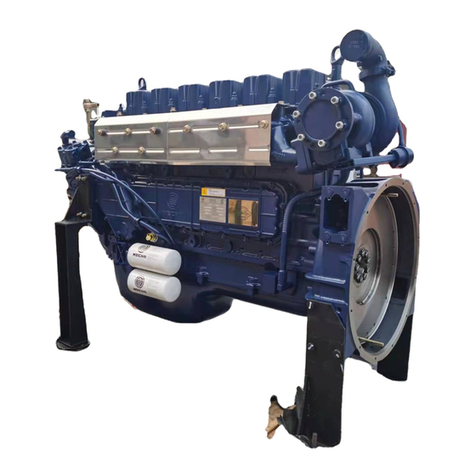
WEICHAI
WEICHAI WP10 Operation and maintenance manual

Solo
Solo 2625 01i neo Service manual
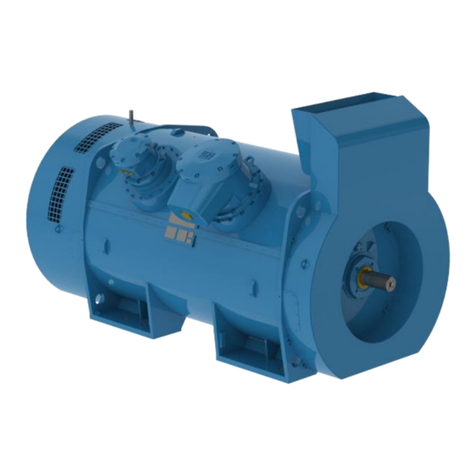
WEG
WEG W22Xdb C 315 Installation, operation and maintenance manual
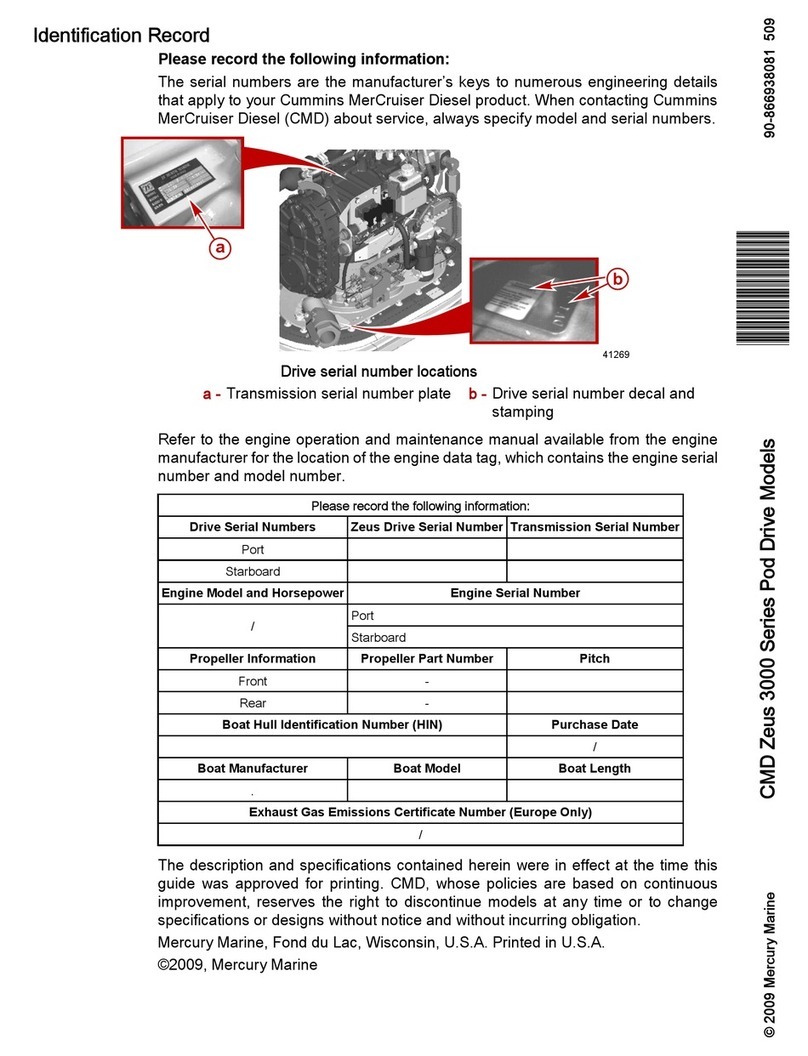
Mercury
Mercury Zeus 3000 Series user guide
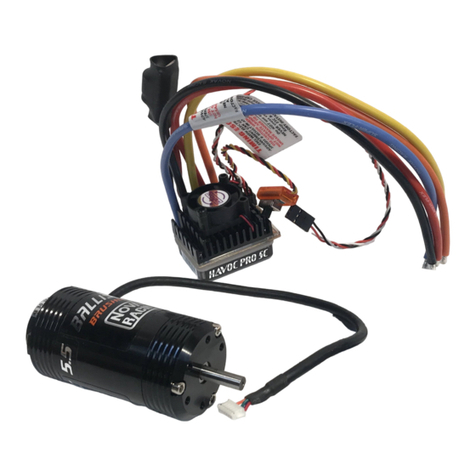
NOVAK
NOVAK BALLISTIC BRUSHLESS - MOTOR INSTRUCTIONS REV... instructions
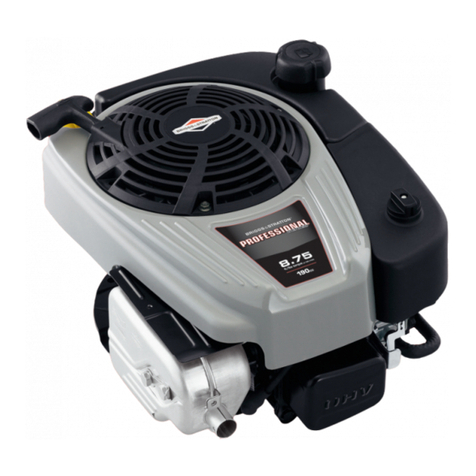
Briggs & Stratton
Briggs & Stratton 120000 Service, troubleshooting, and repair manual
